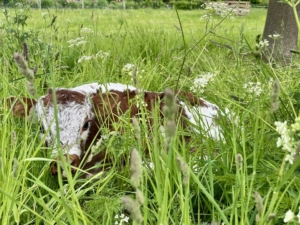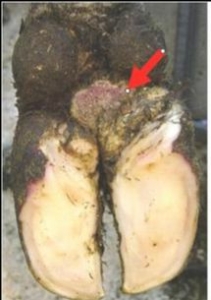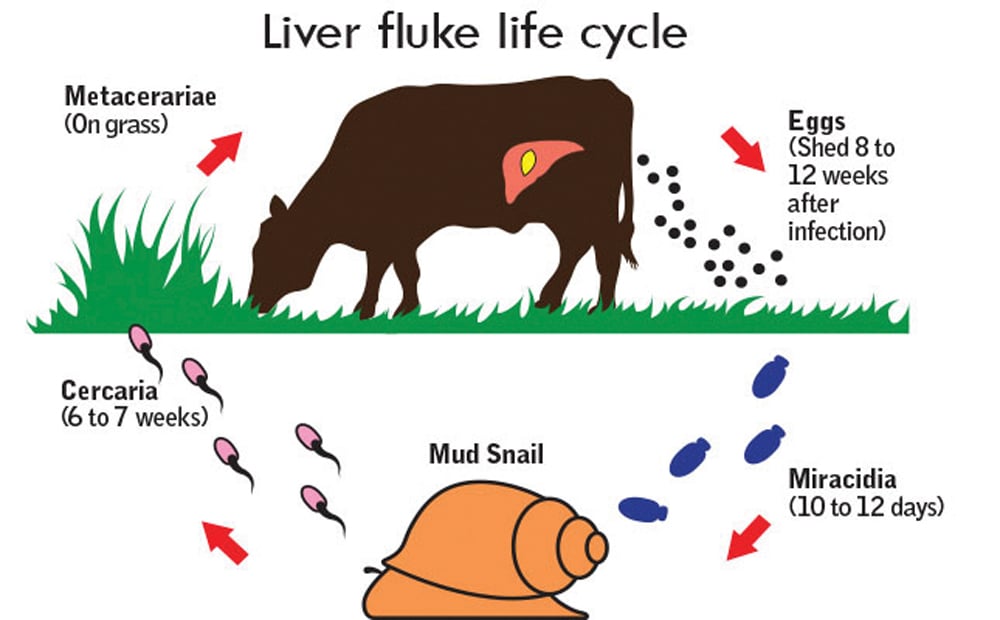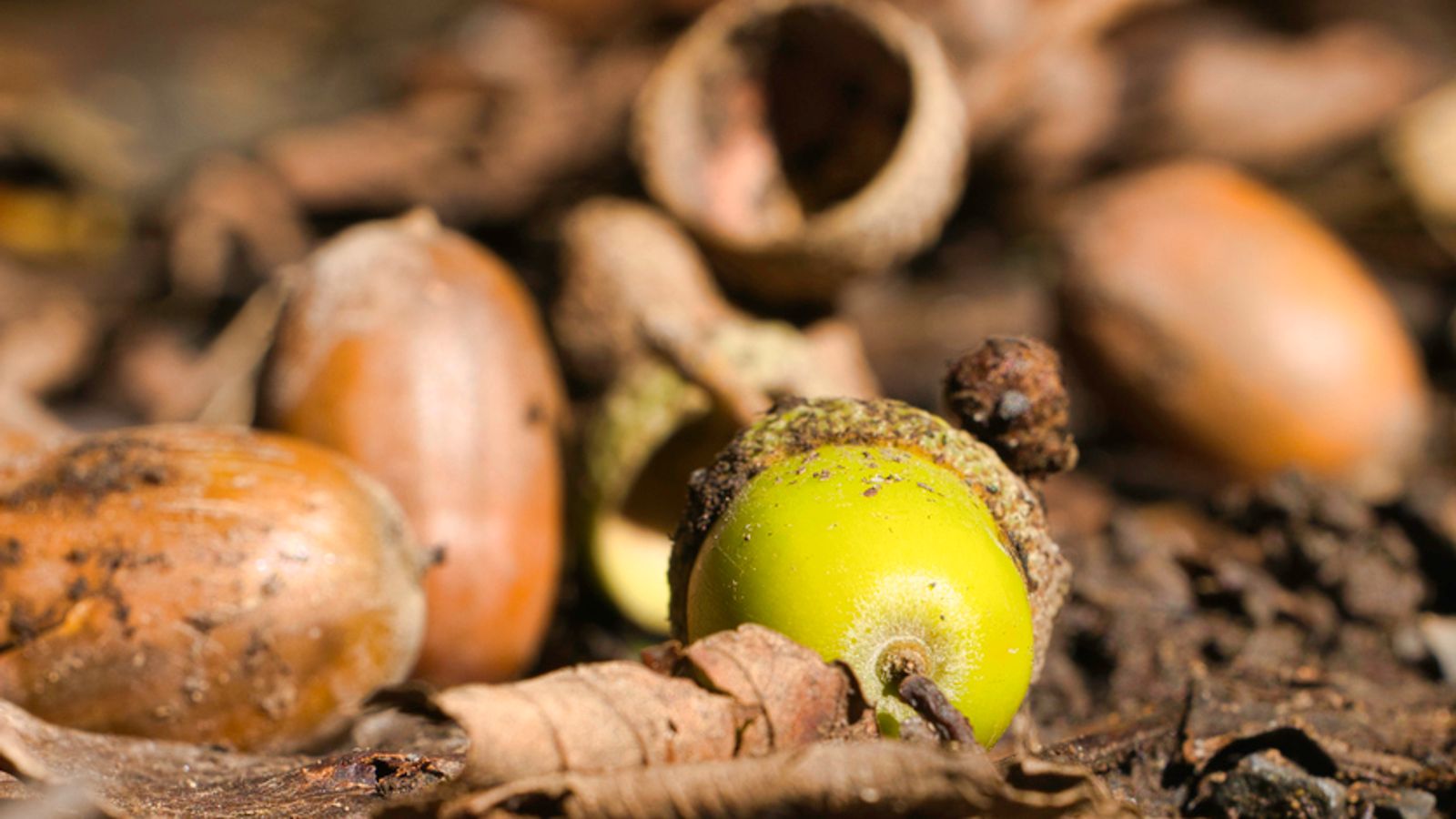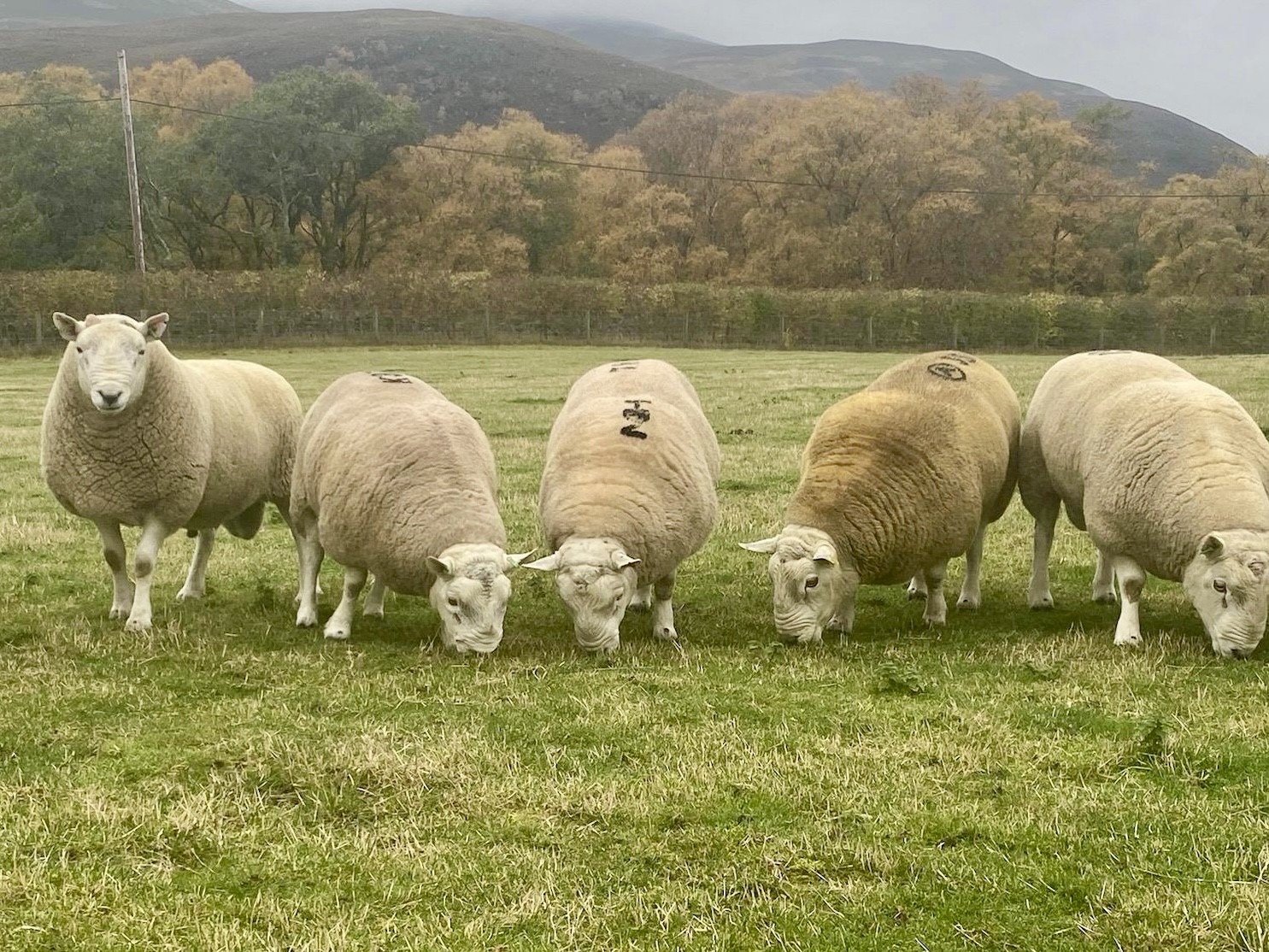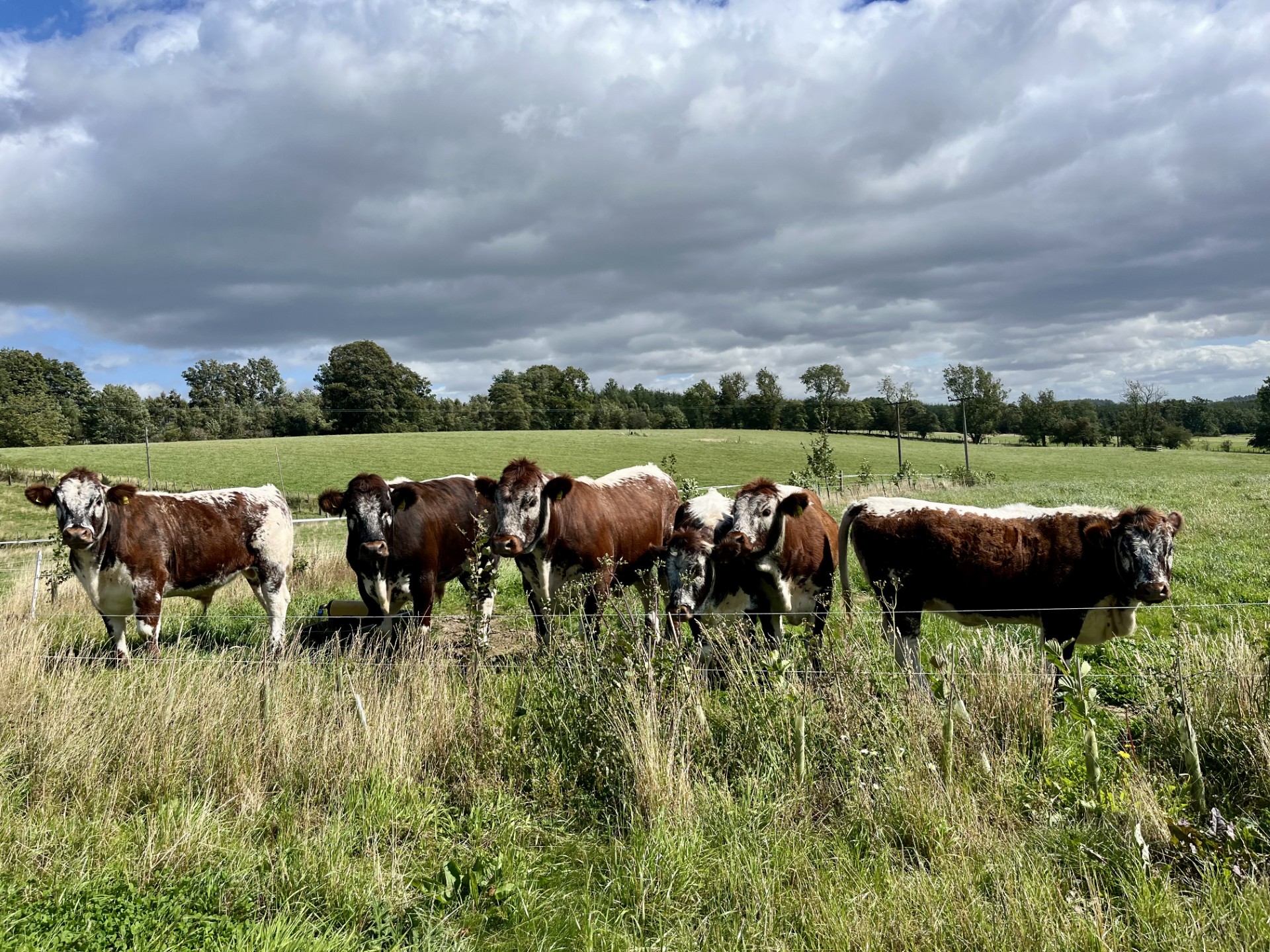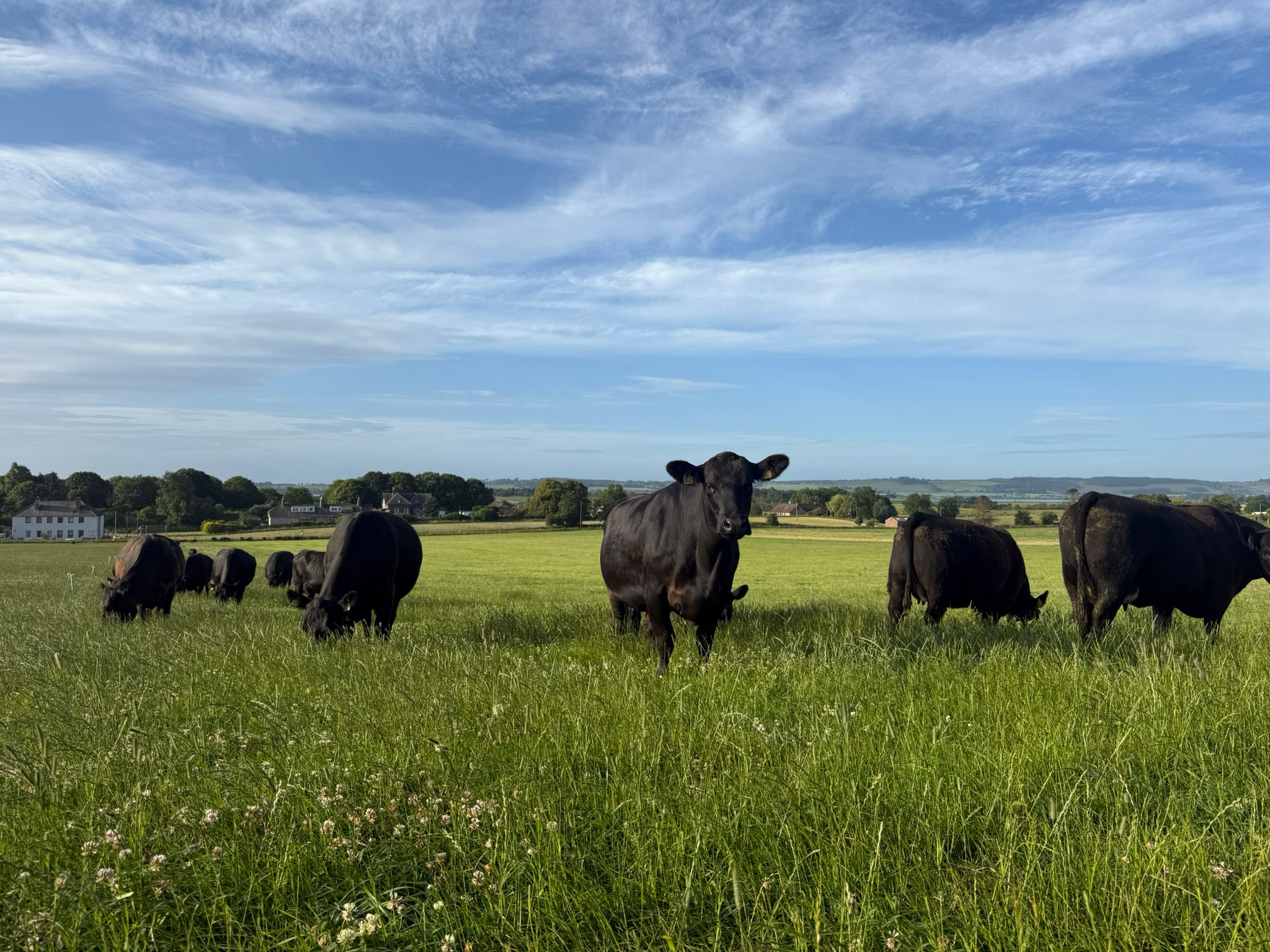Farm Newsletter June 2025
At long last a bit of rain has arrived! The warm, dry spring has been superb for turning out lambs and calves but pressure has now already started to be put on grass reserves for many. Careful planning will now be required to avoid buying in feed this winter if possible. These more extreme weather patterns focus the mind around implementing rotational grazing systems and multi-species leys which tend to be more resilient and flexible when the weather challenges us either way.
The rain that we have had will suddenly cause all parasites to wake up and start causing a problem. Now is the time to start implementing regular worm egg counts for lambs – ideally every 3-4 weeks, counts can rise very quickly where animals are set stocked in weather like this, so it is far better to be proactive than wait till lambs are “looking wormy”, by which time their daily live weight gain will have taken a significant knock. On the flip side, there are other things that can cause lambs to look wormy – such as cobalt deficiency or coccidiosis, which is why its important to always get a diagnosis.
At this time of year we often post mortem a small number of sudden deaths in calves that turn out to be a clostridial disease such as blackleg. Clostridial vaccination is incredibly cheap in cattle compared to the cost of just one lost beast, so if you do have any unexplained deaths in youngstock through the summer, a post mortem is well worth while to inform a potentially very cost-effective prevention strategy.
Bluetongue Info and Meeting
Last week APHA announced that all of England would be under a Bluetongue restriction zone from the 1st of July. This has caused some concern about spread further north and the potential impact of this. Scotland is yet to announce any change in policy but is due to do so by the 12th of June. Currently the risk to us in our area is very low, but this can rapidly change. And as we’ve seen through this lambing and calving period, the other midge borne disease – Schmallenberg – has been capable of spreading up here.
Vaccination is an important tool for preventing the spread of Bluetongue. Currently three vaccines are licenced for use in the UK, but due to demand across the UK and Europe supply through this summer season is likely to be sticky. Indeed, we were expecting to only get a small early allocation, so are relieved and surprised to be able to order more stock (on the day of writing!). Therefore to discuss vaccination please do speak to us ASAP so we can do our best to fulfill any orders. Whole flock/herd vaccination may be the correct thing to do but others may choose just to target breeding stock.
The Bultavo 3 vaccine we are currently supplying is a single shot for sheep and a double shot separated by four weeks for cattle, to give a years immunity in both species. It is safe for use during pregnancy but for guidance about timings of vaccination please discuss with us. You should also note that all vaccine given to stock should be recorded on ScotEID within 48 hours of being administered.
To openly discuss the disease, as well as Schmallenberg and answer any questions you may have we are holding an open meeting at 7pm, Tuesday 17th of June at the Red House, Coupar Angus. Please let us know ASAP if you intend to join us.
Enzootic Abortion in Ewes – Act Now
Last year a serious manufacturers batch failure meant the enzootic abortion vaccination was unavailable for the majority of the season. Cevac Chlamydia vaccine is now currently available in 20 and 50 dose vials and we are advising those that missed vaccination last year to get caught up this year, as well as any replacements joining the flock this year.
With this in mind there will be huge pressure on supply and there is a risk stock will start to run out relatively early in the season. We are therefore strongly advising those vaccinating for enzootic to place their orders ASAP. Stock can be vaccinated any time up to one month pre-tupping but if you are not ready to vaccinate yet then at least it is in your fridge, or indeed we are happy to hold it in our fridge for you.
Every year enzootic causes devastating losses in flocks in our area and no flock is safe from it, though those purchasing female replacements are at significantly higher risk.
To place an order please contact the surgery and please feel free to discuss your risk and requirements with one of the vets.
Lameness in Suckler Cows
Pre-turnout we’ve spent a fair amount of time with our hydraulic foot crate attending to lame cows.
We see the most frequent cause of lameness as white line abscesses – where a small bit of dirt or grit has made it through the weaker point of the hoof at the white line, taken bacteria with it and set up an infection which causes an abscess within the hoof. These can be very painful but are readily treated if caught early to open the abscess and drain infection. If left unattended, the abscess can track under the sole and up the hoof wall causing significant disruption which is harder to treat. Prevention is best aimed at maintaining a hygienic housing environment – prolonged time on dung will soften the hooves leading to increased risk. Genetics also has a part to play with certain breed types such as Simmentals being more prone.
Over grown or curled hooves can cause significant lameness too without infection. Timely corrective trimming is the best way to deal with these in the short term, but as a highly heritable trait these cows should ideally be culled from the herd prior to next breeding and daughters not retained either.
Foul of the foot is a bacterial infection that tends to affect the skin in between the claws. Corrective trimming is not usually required and cases should respond to a short course of antibiotics. The use of metacam will also speed up recovery.
Digital Dermatitis (DD) is another bacterial foot infection that is emerging in beef cows. Traditionally more common in dairy cows we see more and more of this each year. Even mild cases can cause extreme lameness with a very sensitive infected patch of skin at the back of the foot. These cases are relatively easy treated with certain antibiotics but when DD gets into other problems like abscesses or cracks it can cause huge problems that are hard to treat. At a herd level DD can be really challenging to control but rapid treatment and strict hygiene will massively help. It is also a disease that is not present in many herds and for these herds preventing it coming in is key. Maintaining a closed herd and attention to not mixing stock (for example at winter housing) with others is key.
An all too common complaint is young bulls bought in prime condition breaking down far too early. This is commonly due to feeding practices as young animals where a high energy diet leads to a sub-clinical laminitis, which in turn leads to lifelong and significant foot problems. The only real way to prevent this is be sourcing bulls from somewhere that naturally rears them. Easier said than done…
Lameness in suckler cows can be multifactorial but the key messages of good hygiene, rapid treatment and culling repeat offenders apply to all foot diseases. To discuss specifics please give us a call.
Uncomplicated Digital Dermatitis

